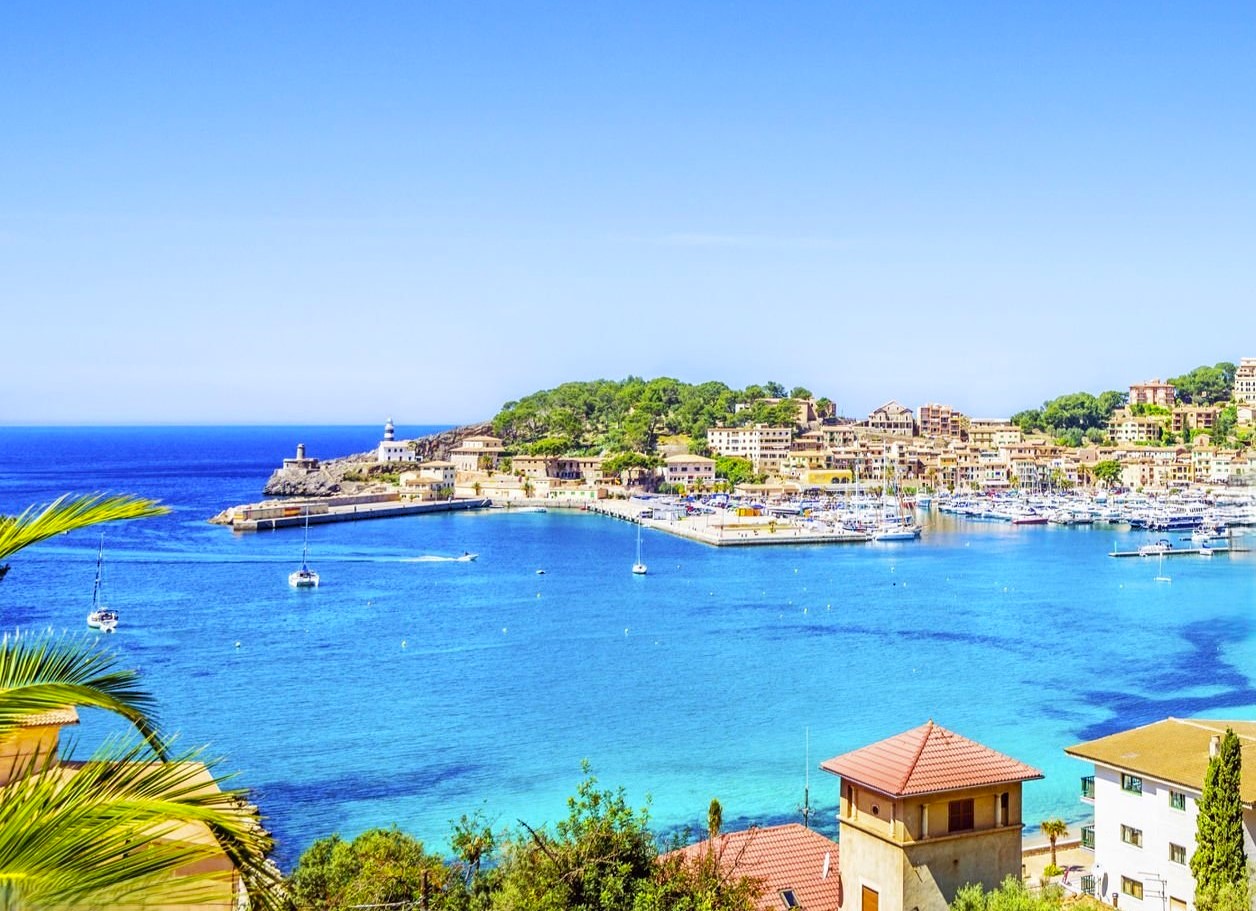
The Spanish islands have long been a favourite getaway for British travellers, offering sunshine, stunning beaches, and a mix of relaxation and adventure. Each island has its own charm, drawing visitors with unique landscapes, cultural quirks, and activities tailored to different tastes. From lively nightlife to quiet coastal villages, there’s something for everyone. Flights from the UK are plentiful, often taking under three hours, making these islands an easy escape from drizzly British weather. Below, we’ll explore the top Spanish islands loved by Brits, what makes each special, and how to make the most of a trip there.
Mallorca
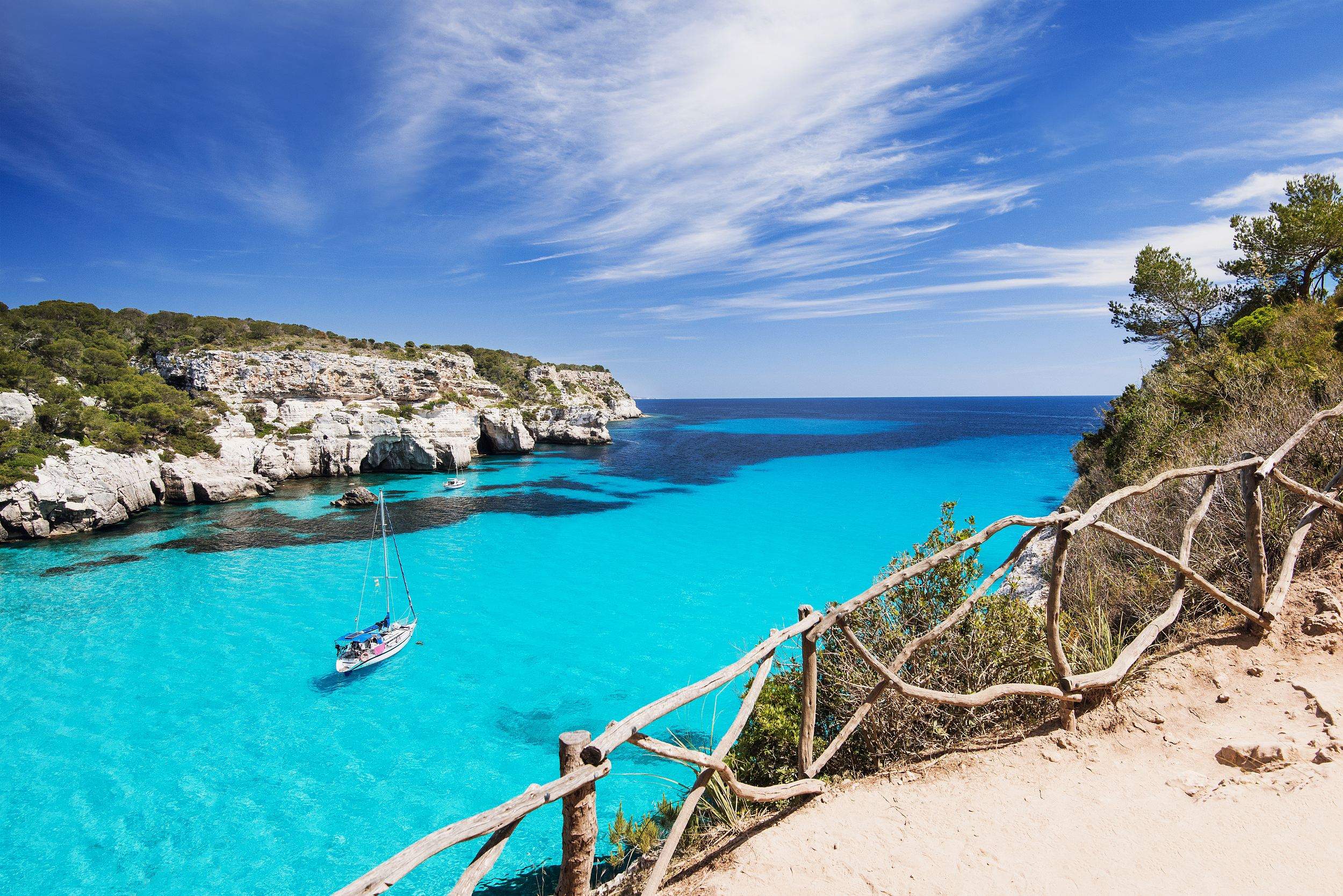
Mallorca, the largest of the Balearic Islands, is a hit with British holidaymakers for its mix of family-friendly resorts, dramatic mountains, and turquoise coves. The island’s appeal lies in its versatility – you can lounge on the sandy beaches of Alcúdia, explore the historic streets of Palma, or hike the Serra de Tramuntana mountains. Families love the shallow waters of Cala Millor, while couples might prefer the secluded bays of Cala d’Or. Mallorca also has a rich agricultural tradition, with local markets in towns like Inca selling leather goods and citrus fruits. Don’t miss trying ensaimada, a spiral-shaped pastry, or attending a summer fiesta with firework displays and folk dancing.
How to reach Mallorca: direct flights from London Gatwick, Manchester, or Birmingham to Palma de Mallorca Airport take around 2.5 hours.
Hotels in Mallorca: Hotel Bendinat offers sea views and a quiet location near Palma, while Protur Biomar Sensatori Resort in Sa Coma is ideal for families with splash pools and kids’ clubs.
Ibiza

Ibiza, famous for its nightlife, attracts Brits looking for parties but also surprises with serene countryside and UNESCO-listed sites. While its reputation for world-class clubs like Pacha and Amnesia draws party-goers, the island also surprises with quiet corners. Beyond the neon lights of San Antonio, you’ll find whitewashed villages like Santa Gertrudis, hidden coves like Cala Xarraca, and the UNESCO-listed Dalt Vila – a walled old town in Ibiza City with cobbled streets and panoramic sea views. British visitors love the balance: dance until sunrise, then recover on postcard-perfect beaches such as Cala Comte or spend an afternoon browsing hippie markets at Las Dalias. For local flavour, try bullit de peix (fish stew) at a beachside chiringuito or join a sunset drumming session at Benirràs Beach. Ibiza’s customs lean into late-night living – dinners often start after 10pm, and midday siestas are common.
How to get there: Flights from the UK to Ibiza Airport take just over two hours from major hubs like London Luton or Bristol.
Hotels in Ibiza: Pikes Hotel, a quirky boutique spot loved by musicians, or Seven Pines Resort in Cala Codolar for luxury villas and private beaches.
Menorca

Menorca, the quieter Balearic sibling, charms British travellers with its laid-back beaches and untouched countryside. A UNESCO Biosphere Reserve, the island is all about slow living – think fishing villages like Fornells, hidden bays like Cala Macarella, and the Cami de Cavalls hiking trail circling the coast. Families love the shallow waters of Son Bou, while history buffs explore prehistoric sites like Naveta des Tudons. Menorca’s uniqueness lies in its dual heritage: Mahón (the capital) has British-influenced architecture and gin distilleries, while Ciutadella oozes Spanish charm with its medieval lanes. Don’t miss local cheese formatge de Maó or a lobster stew in Fornells. Menorca’s fiestas in summer feature horseback processions and fireworks.
How to get there from UK: Fly direct from Birmingham, London Stansted, or Manchester to Mahón Airport (about 2.5 hours).
Hotels in Menorca: Hotel Torralbenc, a rustic-chic farmhouse with vineyards near Mahón, or Sant Joan de Binissaida, a countryside agroturismo with poolside serenity.
Formentera
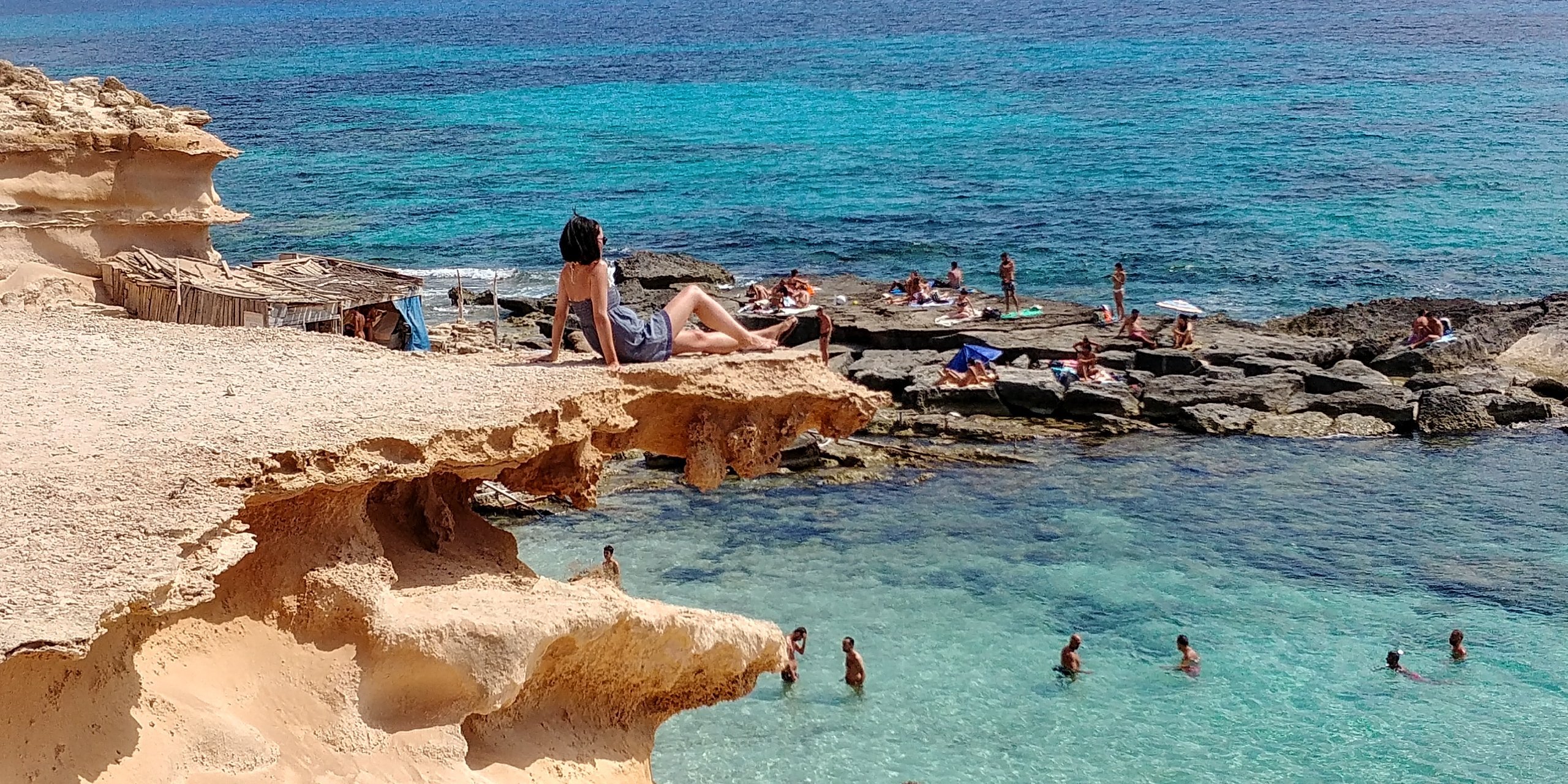
Formentera, the smallest of Spain’s Balearic Islands, is a hidden gem adored by British travellers seeking peace, unspoilt beaches, and a slower pace. Just a short ferry ride from Ibiza, it feels worlds apart – think car-free lanes, crystal-clear waters, and a bohemian vibe that harks back to the island’s hippie heyday. What makes Formentera unique is its simplicity. There are no high-rise hotels or flashy nightclubs here; instead, visitors cycle along flat paths past salt flats, pine forests, and some of Europe’s most stunning beaches, like Ses Illetes, where shallow turquoise seas blend with white sand. British sun-seekers love it for its tranquillity and natural beauty, often swapping packed resorts for quiet villas or beachside chiringuitos serving fresh grilled fish. Top activities include snorkelling in the protected waters of Ses Salines Natural Park, watching sunsets from the La Mola lighthouse, or hiring a boat to explore hidden coves. The island’s local customs reflect its laid-back culture – dinners start late (even by Spanish standards), and barefoot beach life is the norm. Don’t miss the weekly artisan markets in Sant Francesc or El Pilar, where locals sell handmade jewellery and organic oils. Formentera also takes eco-consciousness seriously, with many hotels banning single-use plastics and promoting sustainable tourism.
Getting there from the UK: Fly to Ibiza Airport from London Gatwick, Manchester, or Bristol (around 2.5 hours), then take a 30-minute ferry from Ibiza Town to Formentera. Companies like Balearia or Trasmapi run regular services.
Recommended hotels in Formentera:
- Gecko Hotel & Beach Club – A chic, adults-only spot near Platja de Migjorn, with a rooftop pool and eco-friendly ethos.
- Hotel Tres – Boutique rooms in Sant Ferran, blending minimalist design with rustic charm, just minutes from the beach.
- Casita Verde – Quirky self-catering cottages surrounded by gardens, ideal for families or groups wanting privacy.
Canary Islands
Tenerife
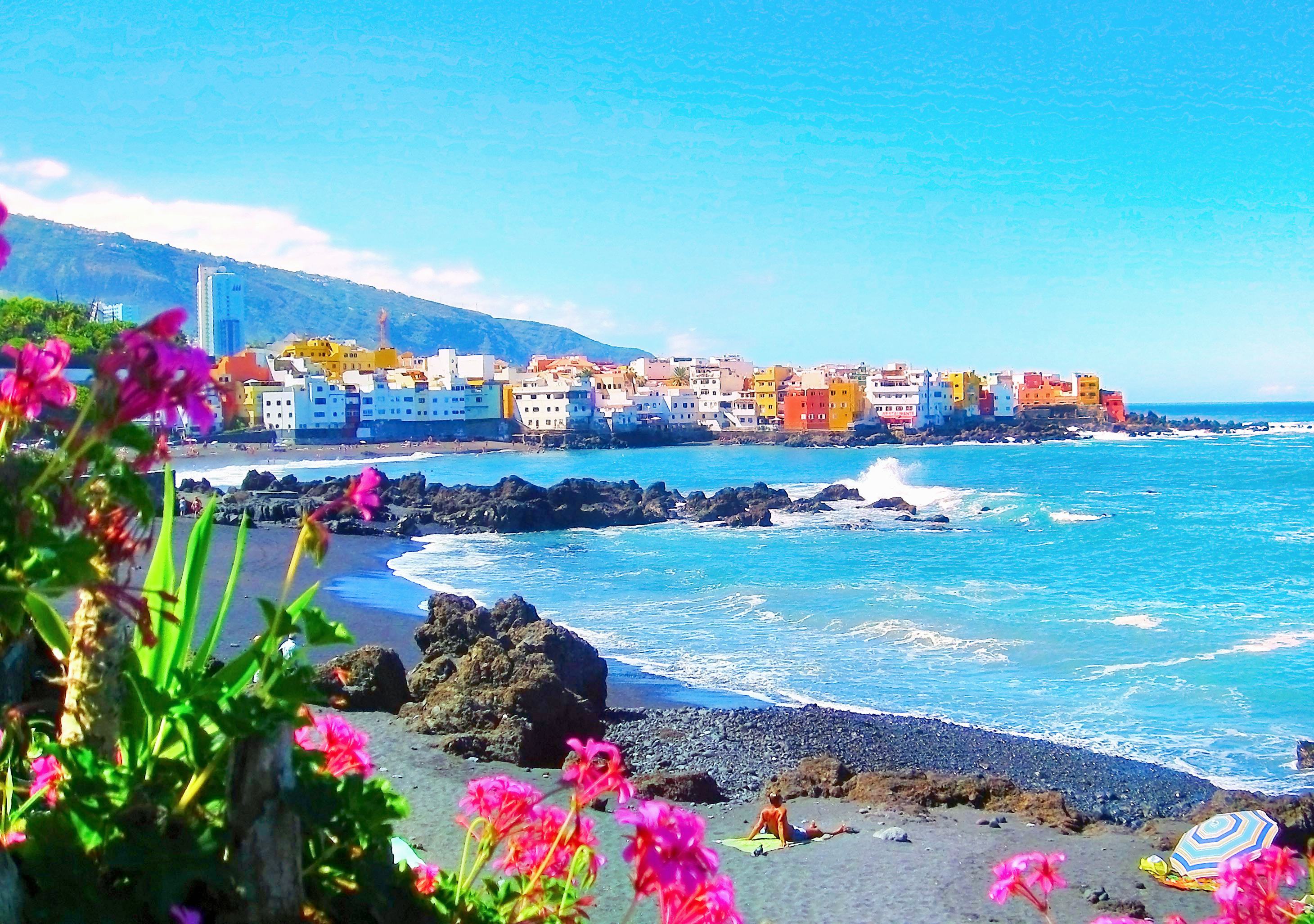
Tenerife, the largest Canary Island, lures Brits with year-round warmth and diverse landscapes. The volcanic Mount Teide, Spain’s highest peak, dominates the island, while resorts like Playa de las Américas offer lively beaches. Contrast this with the colonial architecture of La Laguna or the black-sand beaches of Puerto de la Cruz. Tenerife’s carnaval in February rivals Rio’s with parades and costumes. For local flavour, try papas arrugadas (wrinkled potatoes) with spicy mojo sauce. Hiking in Teide National Park or whale-watching off Los Gigantes cliffs are top activities.
How to get there: Flights from Manchester or London Gatwick to Tenerife South Airport take about four hours.
Where to stay in Tenerife: The Ritz-Carlton Abama in Guía de Isora offers golf and Michelin-starred dining, while Hotel Botánico & Oriental Spa Garden in Puerto de la Cruz mixes luxury with subtropical gardens.
Lanzarote
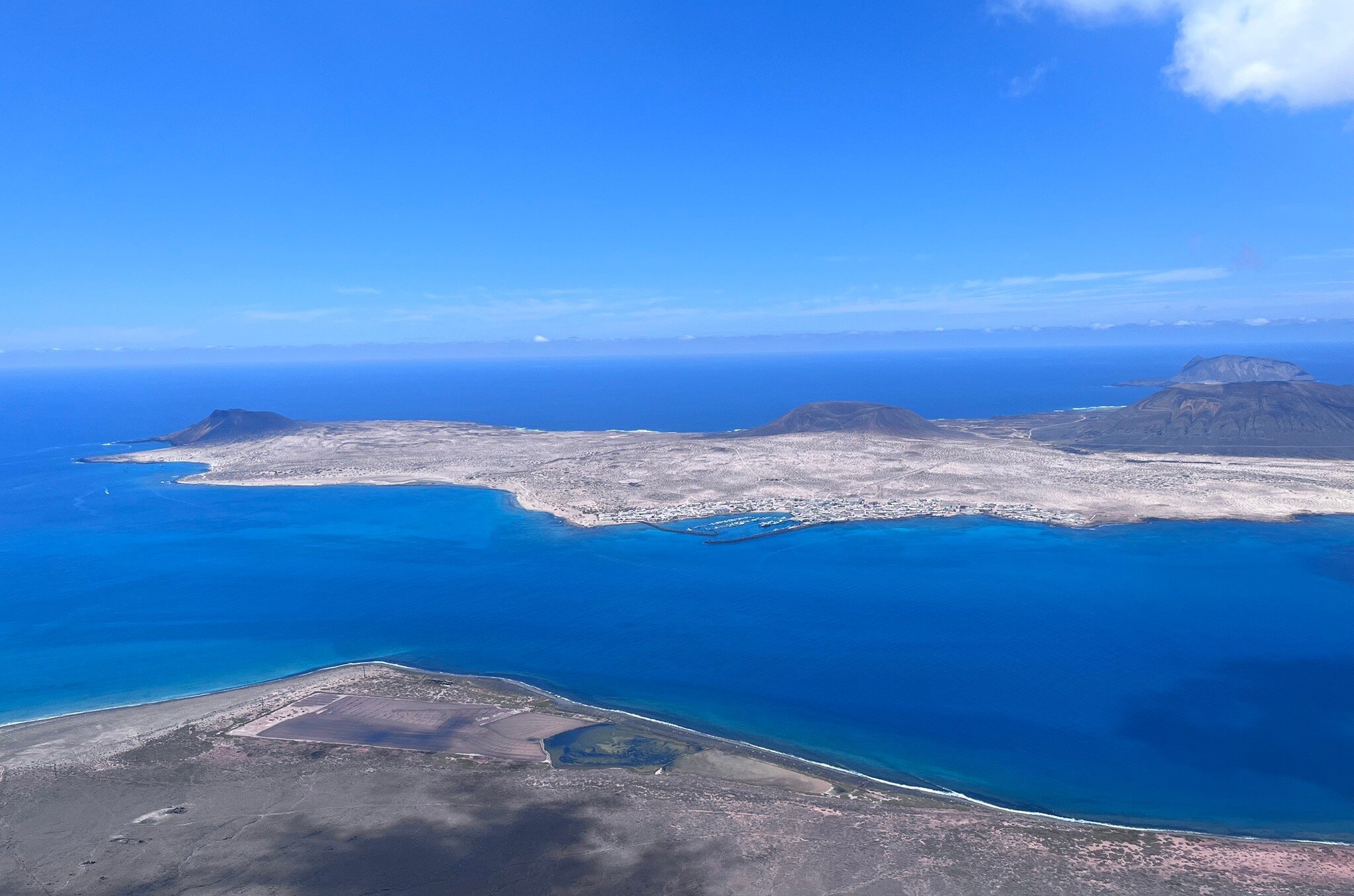
Lanzarote stands out for its otherworldly volcanic scenery, shaped by eruptions in the 18th century. Timanfaya National Park’s lava fields and geothermal restaurants (where food is cooked using volcanic heat) are must-sees. The island’s artistic soul comes from local artist César Manrique, whose designs blend with the landscape at sites like Jameos del Agua, a lava tube turned concert hall. Brits love the laid-back resorts of Puerto del Carmen and the surfing beaches of Famara. Local dishes include sancocho (salted fish stew) and sweet malvasía wine.
How to get there: Fly directly from Birmingham or London Stansted to Lanzarote Airport in just over four hours.
Where to stay in Lanzarote: Princesa Yaiza Suite Hotel Resort in Playa Blanca has lagoon-style pools, and Lani’s Suites in Costa Teguise offers adults-only luxury with ocean views.
Gran Canaria

Gran Canaria’s varied climate—from sandy dunes in Maspalomas to pine forests in the interior—makes it a year-round favourite. British visitors flock to the beaches but also explore the island’s "mini-continent" geography. Roque Nublo, a towering rock formation, is a hiking highlight, while the historic quarter of Vegueta in Las Palmas showcases Columbus-era architecture. The island’s romerías (religious pilgrimages) feature traditional music and costumes. Try ropa vieja, a hearty chickpea stew, at a local guachinche (tavern).
How to get there: Flights from Edinburgh or London Gatwick to Gran Canaria Airport take around four and a half hours.
Where to stay in Gran Canaria: Santa Catalina, a Royal Hideaway Hotel in Las Palmas combines colonial elegance with modern amenities, while Lopesan Costa Meloneras Resort near Maspalomas has sprawling pools and sea access.
Fuerteventura

Fuerteventura, the Canary Island closest to Africa, lures British sun-seekers with year-round warmth, golden dunes, and wind-whipped surf beaches. The island’s stark, almost desert-like landscapes – like the Corralejo Dunes Natural Park – contrast with turquoise waters perfect for kitesurfing or whale-watching. Brits love the relaxed resorts of Corralejo and Costa Calma, but also explore traditional white villages like Betancuria or take a ferry to tiny Lobos Island. Fuerteventura’s claim to fame is its cheese (queso majorero), best sampled at a local quesería, and its goat stew (cabrito). The island’s customs include early-evening strolls (paseos) in towns like Puerto del Rosario and a love of folk music with timple guitars.
How to get there: Fly direct from London Gatwick, Manchester, or Glasgow to Fuerteventura Airport (around 4 hours).
Where to stay in Fuerteventura: Barceló Corralejo Bay offers sea views and family-friendly pools, while Hotel R2 Pajara Beach in Costa Calma is a budget-friendly spot near surfing hotspots.
In short, Spain’s islands deliver everything British travellers crave – reliable sun, easy flights, and a mix of relaxation and adventure. Whether you’re dancing at an Ibiza sunset party, hiking Menorca’s coastal trails, or stargazing on Mount Teide, you’ll find your perfect holiday base. Just remember to pack sunscreen, book early for peak seasons, and try the local gin – you’ll fit right in.







